Potatoes, Monks, Gossip and Electricity
from Essays
Remarks at the Fulbright NEXUS Meeting on Climate Change
Medellin, Colombia
April 21, 2013
T.S. Eliot called April “the cruellest month.” Eliot made London his home, but even in tropical Colombia people are known to gripe about the year’s fourth month. But just after dark, cradled in the gorgeous Aburra’ Valley of Medellin, and handed a glass of wine as I gathered with a group of Fulbright scientists, all friends and collaborators from countries throughout the Western Hemisphere, I took part in an April evening last month that was the furthest from cruel.
It was a humid-meets-cool evening that seemed expectant–some electricity in the air about the work the scientists were going to share with one another at a climate change conference that week, about the questions they were eager to pose, the answers they were seeking.
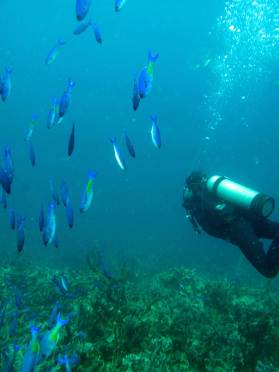
Pulling those threads together–the moral character of April, the sweet lull of drink, the electricity of friendship and inquiry–I thought about a story I’d read about a different April gathering, at a place and time that seemed so distant, but seemed so close. On an April day in 1746–247 years ago–instead of Dan Kammen, the famous and charismatic Berkeley professor who was the lead scientist of this Fulbright project, it was a French monk, Jean-Antoine Nollet, who was man of the hour. Nollet was the abbot of the famous Carthusian monastery in Paris. And on that 18th century spring Parisian day, Nollet lined up all his monks, making each one grab hold of one end of a 10 meter length of wire in one hand and the end of another length of wire in the other hand. More than 200 monks, connected in series, wound through the fields on the grounds of the monastery in a line over a mile long.
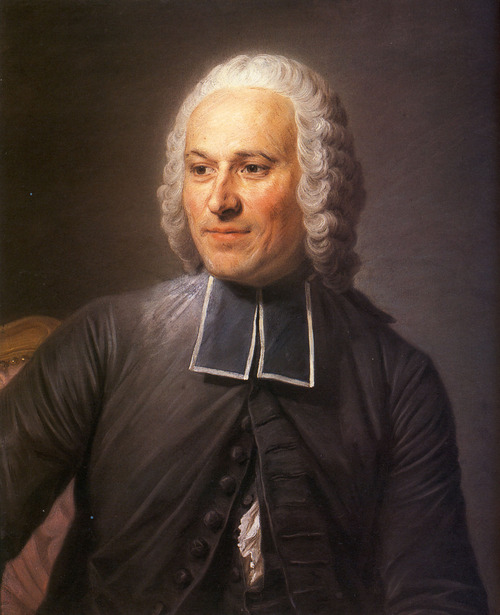
I hope they were praying, given what happened next.
Without telling his monks, the abbot took the final stretch of wire that was in his own hand and dropped it into the acid bath of a primitive battery. The whole line of monks suddenly got a tremendous shock.
Nollet was fascinated by all the shouts and cries and jumps, the contorted faces of pain. And, who knows, maybe even a few curse words that broke the monastic silence. Nollet was fascinated because he saw that the angry chorus of monks actually twitched and groaned at almost exactly the same time. The entire mile wincing and whining in unison. Quite surprising to him, the electrical current from his makeshift battery traveled almost simultaneously across 2000 burning fingers, two hundred brown cassocks and a mile of wire. It was the greatest distance anyone had known electricity to travel. And it happened in an instant.
Nollet was astounded. And as Tom Standage so beautifully tells this story in his wonderful book, The Victorian Internet, witnessing and measuring this speed and distance was one of the first insights that led to the invention of the telegraph 45 years later. Telegraph means “far” or “distant writer.” Those Carthusian monks standing hand-to-wire-to-hand were the predecessors of wifi, our ability to be connected instantly to friends and ideas, to experiment and debate.
It’s a lovely sidebar to note that those monks were not just experimenting with electricity in the 1740’s. In that very same decade at that same Parisian monastery, monks invented the sweet green herbal liqueur that’s named for their religious order: “chartreuse.” Perhaps one of the electrocuted monks seriously needed a drink.
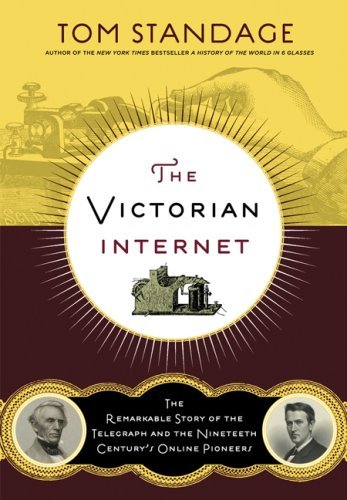
Given that the audience of scientists I was with last month was all holding glasses, I thought I’d ask them if they knew what other alcoholic beverage was also invented that decade, in fact invented in the very same year as the Great Monastic Shock, 1746. No hands were raised. But it turns out 1746 was a good year for jolts to the system: potato vodka was discovered. Eva Ekeblad, a glamorous Swedish aristocrat–a countess and agronomist and first female member of the Royal Swedish Academy of Sciences–discovered that year that alcohol could be made from potatoes.
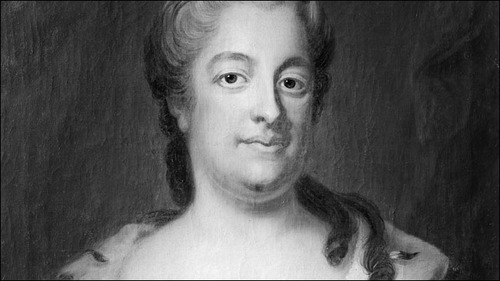
And what that meant was that while potato vodka made people sing and smile and go all wobbly, Sweden’s precious crops of wheat, rye, and grain could be saved to make bread instead of drink. And the result was a dramatic decrease in hunger and famine throughout Sweden.
Countess Ekeblad also figured out that potatoes could be the source of powdered cosmetics that–imagine this–wouldn’t actually burn the woman’s face it was supposed to make beautiful. She also promoted the potato flower as something to wear in your hair. So with a potato blossom over your ear and perfectly smooth makeup on your face, you could brave the long Swedish winters with a smile and a stomach full of bread as you went out to dance and get potato drunk.
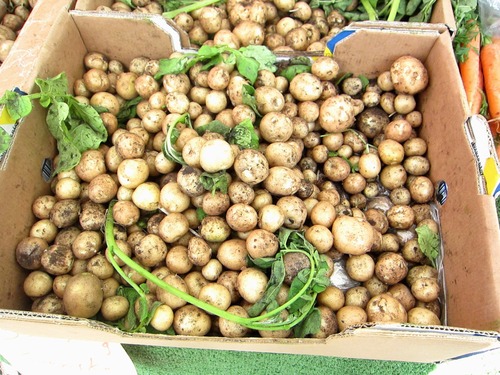
Now that is applied science.
But I want to go back to France for a moment and that brief April shower of electricity that singed the monks. I don’t know whether or not Abbot Nollet was a sadist, but he was, like Countess Ekeblad, a noted scientist, even though neither of them would have used that word.
We had to cross the British Channel and wait almost another century before the word “scientist” came into being. And we can blame that on an old poet, one far more famous than unknown me: Samuel Taylor Coleridge.
June 24, 1833 in the Senate House at Cambridge University. We are just at the edge of the Victorian era. And this is the third meeting of the British Association for the Advancement of Science. Not unlike the Fulbright gathering I was attending in Medellin, smart and famous people had come from many countries to attend.
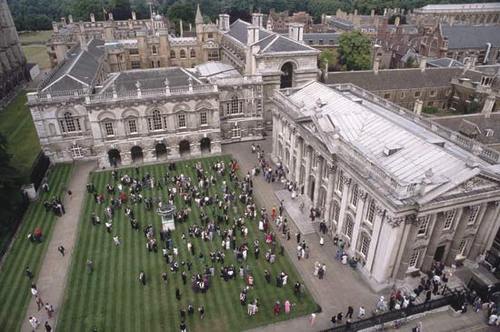
A young but already esteemed physicist, William Whewell, one of the founders of the Association, stirred the room with eloquent and excited talk of advances in science, about the new rigor attaching facts to theory, about endless possibilities of research and exploration on the earth and in the sky.
When Whewell finished and the thunderous applause died down after his eloquent, optimistic remarks, the old and ill Romantic poet stood up, haughty and scowling. He was famous, so everyone knew who he was, but somehow no one expected Coleridge to be there.
After a dramatic silence, Coleridge spoke. “It used to be,” he said with much distain, “that men of science,” (I don’t know if he’d met Countess Ekelblad or any of the few other brilliant women with the opportunity to study and conduct research) used to be called “natural philosophers.” But “a man digging for fossils or experimenting with electricity?” Coleridge scoffed. Such a man didn’t deserve such a great title. In fact, Coleridge said, getting even more imperious and saying he was speaking as a “real metaphysician,” he forbade the people gathered to use the title natural philosopher.
There was a hue and cry. But William Whewell rose again to speak and he was young and handsome and smiling and confident. Fine, he said. Let’s have a new name. “If philosopher is taken to be too wide and lofty a term, then by analogy with “artist”, may we form scientist.”
There is a wonderful book by the Fulbright scholar Laura Snyder called The Philosophical Breakfast Club, which tells this story of the creation of the modern scientist and the dangerous rift that grew between what became science on one side and the humanities on the other. And Snyder tells this story through the lives of four friends, William Whewell who created the science of the tides, Charles Babbage, inventor of the modern computer, John Herschel, who mapped the southern skies and helped invent photography, and William Jones, who shaped economics as a scientific discipline. What’s so moving about Snyder’s book is that she tells the story of four remarkable men who helped create a revolution in scientific thinking, in technology and industry as a story of friendship – and food and drink.
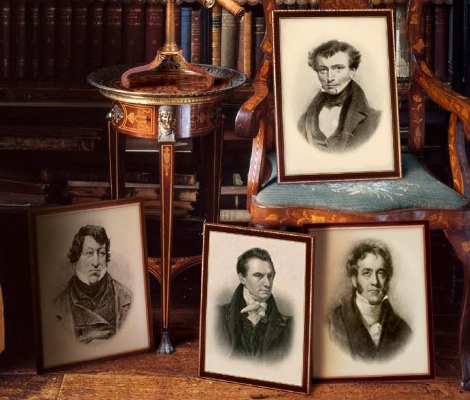
Now to be honest, since so much of that took place at breakfast, potatoes were put to a different use and I don’t think any chartreuse was consumed. But the story interested me so much, particularly as I was mingling with a present day group of scientists who were friends sharing meals and ideas, that I looked for more examples of the importance of friendship to the history of science.
Not surprisingly, there are many. But what’s funny is that if you Google “science and friendship,” you don’t find these stories. Instead, almost every listing comes up for the science of friendship, which is itself a fascinating and relatively new area of study begun by Robin Dunbar and others in the last decade. Dunbar is known for “the Dunbar Number.” And the Dunbar Number is 150.
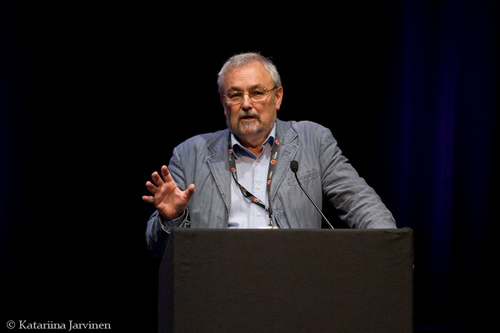
Dunbar’s research showed that humans beings only have the brain capacity to manage a maximum of about 150 relationships. When we exceed that number in our social groups and encounters, communication seems to break down dramatically.
But because humans are gregarious and because we’ve used technologies of warning and solidarity since our early history, Dunbar theorizes that language, laughter and even group music-making evolved as ways for us stay connected to a larger group of individuals than might be possible through more directly physical acts of communication like communal grooming, common to our primate ancestors. As Dunbar writes, “Not only can we speak to many people at the same time, we can also exchange information about the state of our networks in a way that other primates cannot.”
“Gossip, he argues “is a very human form of grooming.”
And so I went back to that evening Fulbright gathering in the spring in Medellin with heat lightning over the April valley, with drinks in our hands and gossip on our lips and the electricity of expectation linking scientists hand to wire to hand, not just across an 18th century monastery field, but simultaneously across continents, and I experienced a heady (possibly vodka-assisted) moment of hope that the sharing of canapés and the fruit of fermented potatoes and then lots of coffee and eggs at breakfast might lead to something we might call progress, something we might call science, which after all is just a form of knowledge we can test and use to predict.

Science, as that famous showdown with Coleridge began to make clear, is not simply a predisposition to curiosity or deep, serious thinking. Science is a way of doing the business of inquiry that demands we come together as a community of skeptics and analysts and seek common language and common values, shared trust and shared rigor. And it turns out that a meal or a drink, or more than a few of both, helps create the bonds of community that science needs. We may be surprised, sometimes shocked by what we discover. But we’ll always have ways to relax with fermented grapes and potatoes (or coffee and bacon) to gossip about and question what went wrong or what went right.